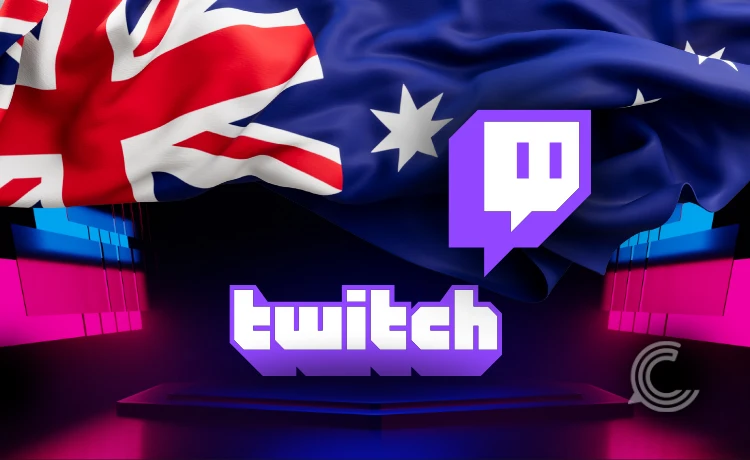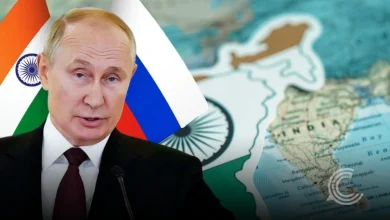Australia’s Digital Wall: Twitch Ban for Teens Ignites Debate Over Esports and Social Interaction

Key Points:
- Australia’s social media ban for under-16s now explicitly includes Twitch, alongside platforms like TikTok, Instagram, and YouTube
- The ban stems from a legal definition that targets platforms whose “significant purpose” is online social interaction, a category the eSafety Commissioner deems Twitch meets through its live-streaming and interactive content features
- The decision creates immediate logistical challenges for age verification and raises concerns about the disruption to Australia’s esports ecosystem and the social connectivity of young enthusiasts
The Australian government’s recent decision to include Amazon-owned live-streaming platform Twitch in its sweeping social media ban for users aged 16 and under has sent significant ripples through the nation’s digital landscape, particularly impacting the burgeoning esports community.
The ban, a world-first policy taking effect on December 10, 2025, compels platforms to implement “reasonable steps” to restrict access for minors or face severe fines. This move, championed as a way to safeguard children’s mental health, has sparked a conversation about the modern definition of “social media” and the collateral impact on digital culture.
Why Twitch is Under Scrutiny
The inclusion of Twitch, a platform primarily associated with gaming draws a clear line between online gaming and social media. Australia’s eSafety Commissioner stated that Twitch qualifies as an “age-restricted social media platform” because its function moves beyond simple gaming.
Reported by Reuters, the Commissioner noted that Twitch is “primarily used for live streaming and posting interactive content that allows users including children, to communicate with others.” This focus on the “social interaction” features, like live chat, friend lists, and community forums, positions it within the new legal framework.
Platforms like Twitch must now comply with the mandate to deactivate existing under-16 accounts by early 2026. Meta, for example, has already begun notifying hundreds of thousands of Australian teens on its platforms like Facebook and Instagram that their accounts will be shut down ahead of the December 10 deadline. This proactive compliance underscores the seriousness of the potential fine, which reaches up to A$49.5 million.
The Unforeseen Impact on Esports and Creative Content
The ripple effect of the Twitch ban on young Australians, particularly esports enthusiasts and aspiring streamers, is a major concern. Twitch is the undisputed hub for professional and amateur competitive gaming, facilitating a substantial amount of community building and professional development. For many, it acts as a digital stage for showcasing talent, learning game strategy, and engaging with professional streamers.
Teenagers under 16 represent a critical demographic for audience engagement and future professional recruitment in gaming and content creation. Restricting their access not only curtails their social connectivity but also cuts them off from vital knowledge-sharing and community support networks. As noted by The Times of India, regulators are looking past a platform’s primary purpose of gaming to focus on integrated features like voice chat and community forums. This broad definition threatens to hinder the organic growth and participation necessary for a healthy domestic esports scene.
Age Verification and the Pursuit of Safety
The government’s motivation centers on mitigating the “pressures and risks” associated with social media, including cyberbullying, exposure to harmful content, and grooming. While the policy’s intent is laudable, protecting vulnerable young people, the implementation process is fraught with technical and ethical hurdles.
Platforms must deploy “reasonable steps” for age assurance, which can involve complex technology like biometric scans or government-issued ID checks. Meta’s Vice President and Global Head of Safety, Antigone Davis, has stated that compliance will be an “ongoing and multi-layered process,” voicing a preference for system-level age verification at the operating system or app store level. This technical complexity and the potential for false positives create friction for all users, not just minors.
The question remains whether a blanket ban is truly the most effective and proportionate response. Critics argue that this approach merely pushes determined teens onto less-regulated, harder-to-monitor platforms, potentially exposing them to even greater risks. A strong regulatory framework needs to balance protection with the recognized rights of children to access information and form associations.
The Future of Australia’s Digital Youth
The Australian government takes on the responsibility of setting a global precedent with this legislation. While its intention to protect children is clear, the practical realities for the digital culture, particularly the vibrant esports community, are still unfolding.



